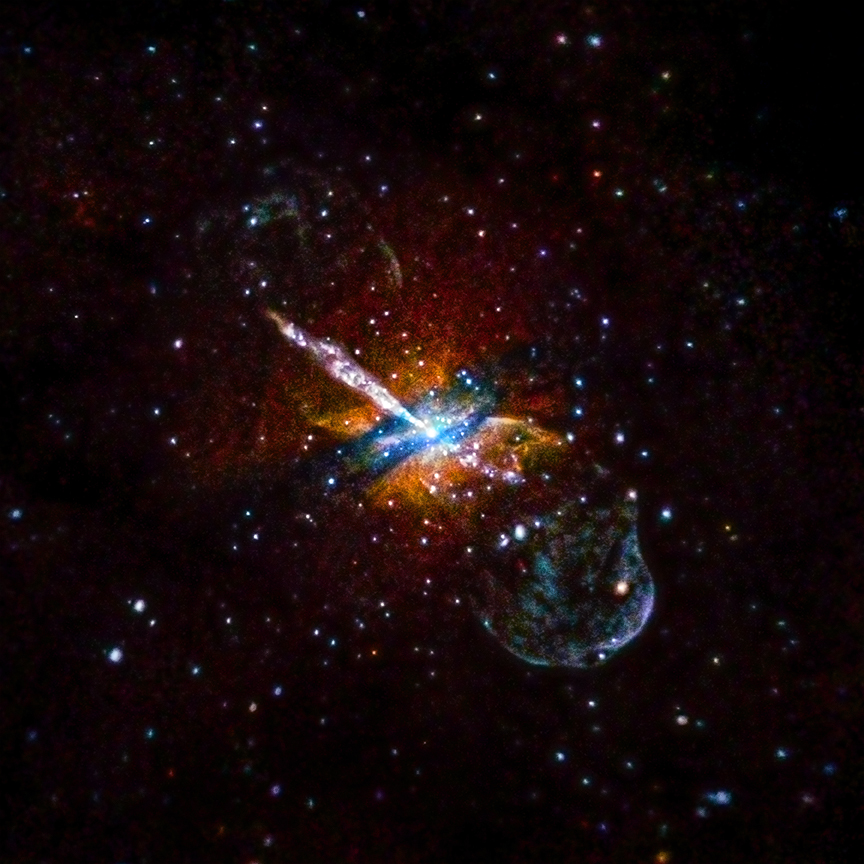
NASA has announced it will be contracting with SpaceX to launch its newest X-Ray observatory into space. This is the sixth contract the company has won through NASA’s Lunch Service Program, which oversees the launch of unmanned rockets carrying satellites for scientific missions by contracting commercial companies.
The estimated cost of the launch is $50.3 million, making it a relatively cheap project by NASA standards. One reason that SpaceX was chosen as the contractor for the launch is that it offered the use of a large Falcon 9 rocket for a lower price than other companies’ smaller rockets. The observatory will be launched aboard a Falcon 9 from Launch Complex 39A in Florida, and liftoff is planned for April 2021.
“SpaceX is honored that NASA continues to place its trust in our proven launch vehicles to deliver important science payloads to orbit,” Gwynne Shotwell, president and chief operating officer of SpaceX, said in a statement.
The Imaging X-Ray Polarimetry Explorer (IXPE) is a planned space observatory consisting of three telescopes which will investigate cosmic X-rays. In particular, it will measure the polarization of these X-rays, to understand how they are created by objects like neutron stars and pulsar wind nebulae.

The IXPE will be an addition to NASA’s stable of X-ray telescopes, in particular the Chandra X-Ray Observatory which has made discoveries about missing matter, superbubbles, and white dwarf stars. But unlike these other tools, IXPE can detect polarization with much greater sensitivity. That means it can see more details about large objects like spinning black holes which distort the space around them.
Another type of object which IXPE will investigate are pulsar wind nebulae, which are clouds of dust and gas found inside the shells of exploded supernovae. At the center of these nebulae is a pulsar, which generates pulsar winds of charged particles which are thrown out from the pulsar and into the nebula. These nebulae are known to emit X-rays, so IXPE will study them to see how the particles inside the nebulae are accelerated.
This will be the first observatory to investigate polarized X-rays, so it will be a test of how useful this information is to astronomers. If it’s successful, more instruments of this type may be deployed in the future.
Editors' Recommendations
- Watch SpaceX fire Starship’s Raptor engines ahead of 4th test flight
- NASA’s IXPE mission gets an X-ray view of the famous Crab Nebula
- FAA review of SpaceX Starship launch delayed by another month
- Watch SpaceX’s Crew-4 astronauts arrive at new home in space
- SpaceX Crew-4 astronauts are on their way to the space station




